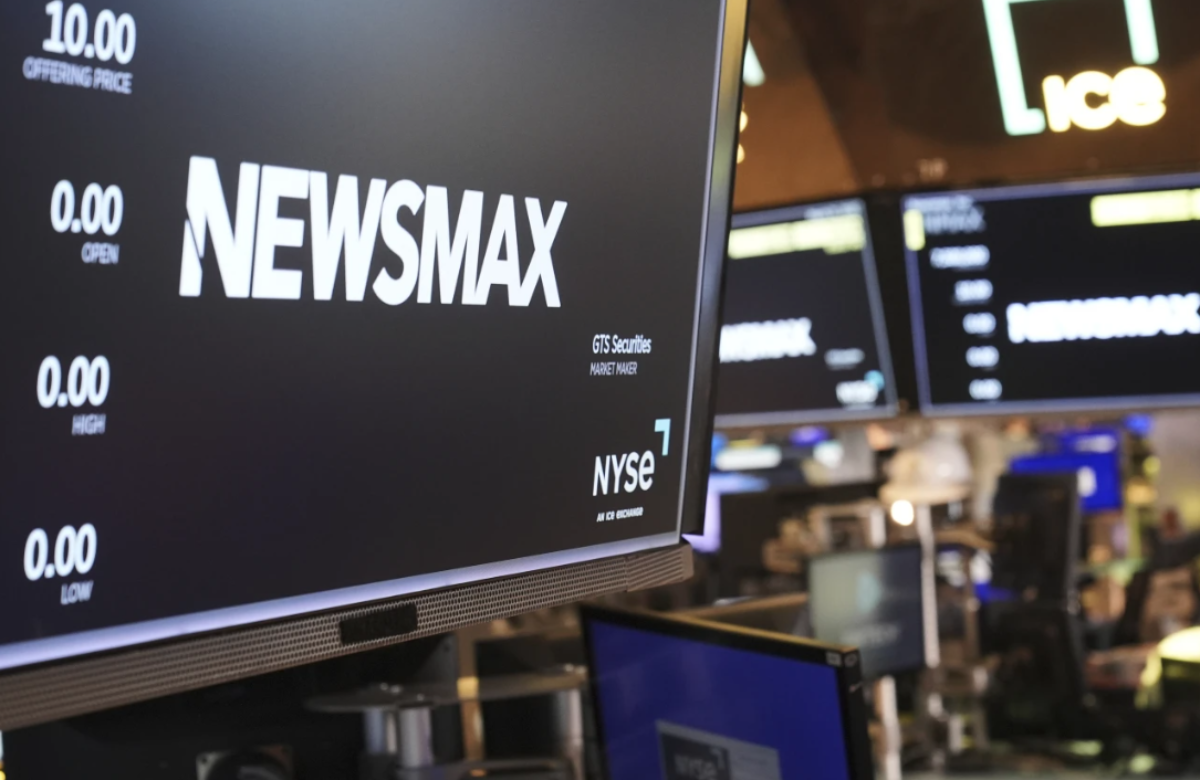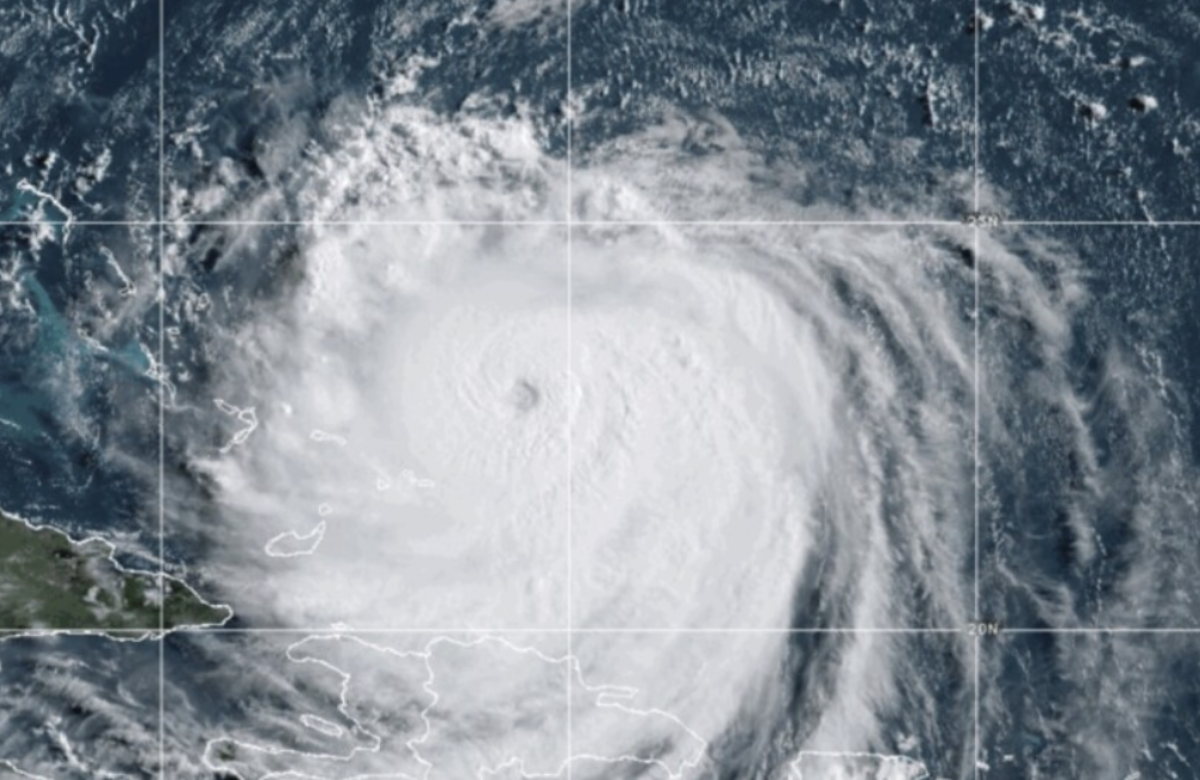President Donald Trump announced on Friday that Boeing will be responsible for building the Air Force’s next-generation fighter jet, which the Pentagon claims will offer stealth and penetration capabilities far superior to those of the current fleet, making it crucial for potential conflicts with China.
The new jet, known as Next Generation Air Dominance (NGAD), will be a manned aircraft designed to lead a fleet of future drones capable of bypassing the air defenses of China and other adversaries. The initial production contract for the Air Force version is valued at approximately $20 billion.
Trump, accompanied by Defense Secretary Pete Hegseth and Air Force leaders, revealed the news at the White House, announcing with a smile that the new fighter would be named the F-47.
Gen. David Allvin, the Air Force’s chief of staff, emphasized that the new fighter would help shape the future of modern aerial combat. Hegseth also highlighted that the new fleet would send a strong message to U.S. allies, reaffirming that the country’s presence and commitment remain strong.
Critics have raised concerns about the cost and necessity of the new program, especially as the Pentagon continues to face challenges in fully producing its current most advanced jet, the F-35. The F-35 is projected to cost taxpayers over $1.7 trillion over its lifespan. Additionally, the Pentagon’s upcoming stealth bomber, the B-21 Raider, will feature many of the same advanced technologies, including cutting-edge materials, artificial intelligence, propulsion systems, and stealth capabilities.
Over 1,100 F-35 jets have already been produced for the U.S. and several international partners.
Additionally, the Pentagon plans to develop a fleet of around 100 future B-21 stealth bombers, with an estimated total cost of at least $130 billion. The first B-21 aircraft are currently undergoing test flights.
Given the increasing focus on drone and space warfare in potential conflicts with China, military procurement analyst Dan Grazier questions whether developing another advanced manned fighter jet is the right choice for the future. Grazier, who leads the national security reform program at the Stimson Center, stated that the $20 billion allocated for the project is just the initial investment, with total costs expected to reach hundreds of billions in the long run.
Details about the appearance of the new NGAD fighter remain limited, though Trump mentioned that early versions have been undergoing test flights for the past five years. Renderings from both Lockheed Martin and Boeing suggest a flat, tail-less design with a sharp nose.
Meanwhile, a separate Navy contract for its version of the NGAD fighter is still being competed for between Northrop Grumman and Boeing.
Last year, Frank Kendall, the Air Force Secretary under the Biden administration, ordered a pause on the NGAD program to assess whether the aircraft was still necessary or if the program, originally conceived in 2018, needed adjustments to account for recent advances in warfare.
A review by think tanks and academic experts analyzed potential conflicts with China both with and without the NGAD, ultimately concluding that the fighter jet was still essential. Kendall then left the decision on which company would build the aircraft to the incoming Trump administration, according to a defense official who spoke anonymously to share details on the decision-making process.
The NGAD is expected to offer “an entirely new level of low observability,” according to officials. It will also have a significantly longer range compared to the F-35 and other current fighter jets, reducing the need for frequent refueling. Additionally, a future unmanned version of the NGAD is planned as the Pentagon works to enhance the aircraft’s artificial intelligence capabilities.













